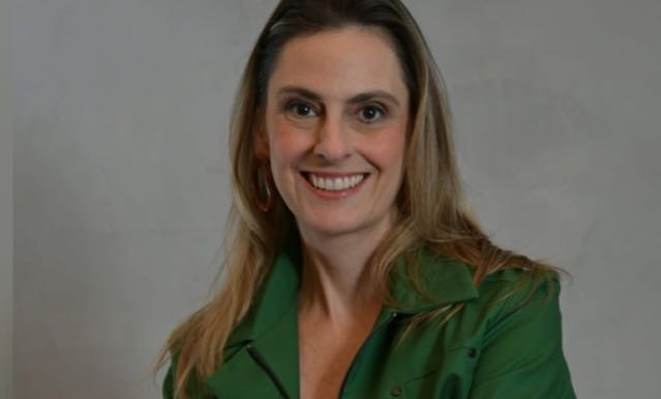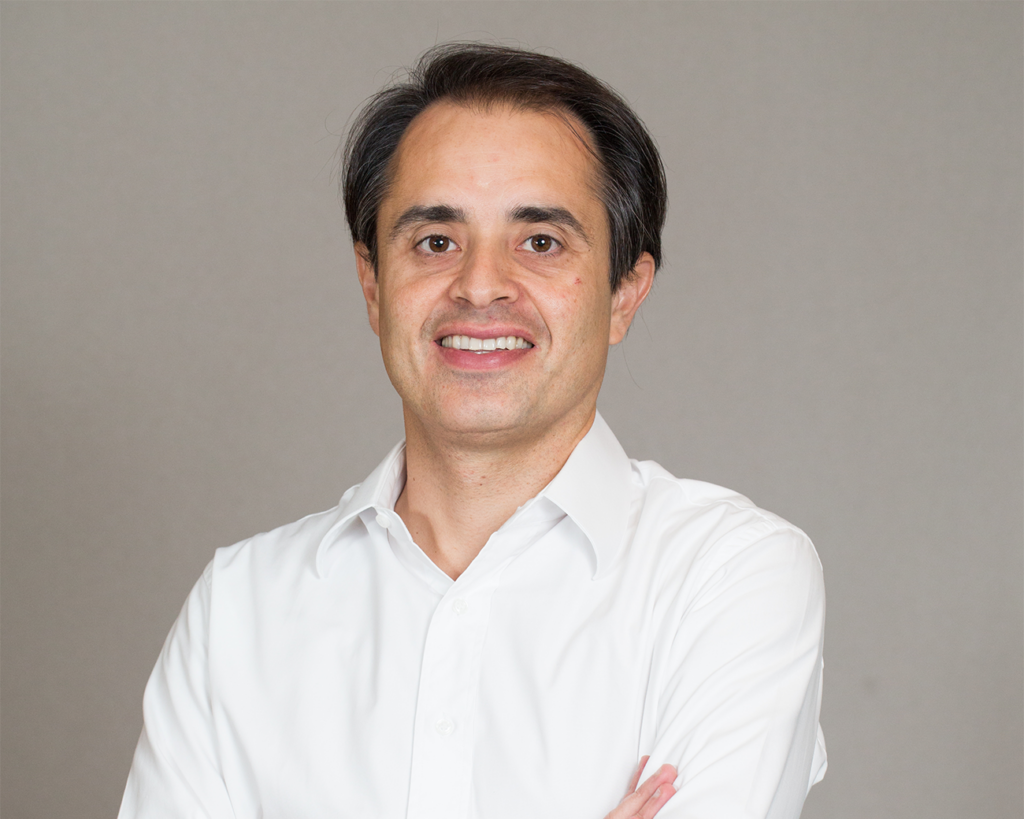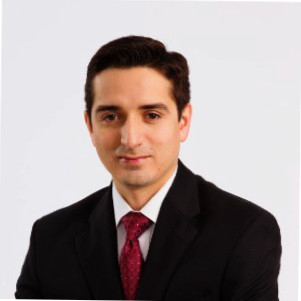LP Profiles, Member Profiles
Andrea Kramer, Manager Director of Hamilton Lane
24 November 2014

LAVCA caught up with asset manager Andrea Kramer, Managing Director of Hamilton Lane, for insight into their Latin America investment strategy and which countries are of particular interest right now.
LAVCA: Please provide some background on Hamilton Lane.
Kramer: Hamilton Lane is a private, independent firm providing private markets investment management services to investors around the world with more than $32 billion in discretionary assets under management along with oversight of an additional $188 billion in advisory assets (as of September 30, 2014).
LAVCA: Roughly what percentage of your portfolio do you allocate to emerging markets private equity? To Latin America specifically? Will this change going forward?
Kramer: We evaluate portfolio exposure each year to consider the macro environment and changes that we expect may impact our thinking on portfolio construction. While emerging markets have continued to demonstrate growth, they have also experienced limited realizations. Over the last several years, we have committed approximately 10-15% into these regions for portfolios that have an expected exposure to emerging or development markets. We expect this percentage to increase with exposure from broader buyout and venture positions that have a direct interest in these markets or indirectly through revenue generated by their portfolio companies in these regions. Latin America will continue to comprise a meaningful percentage of the emerging market exposure in this allocation.
LAVCA: How has your strategy for Latin America evolved since Hamilton Lane first started investing in the region?
Kramer: Hamilton Lane has been investing in Latin America for more than 15 years. The macro environment in any region has an impact on the investment as well as the exit opportunities. We have seen these dynamics play out to both the benefit and detriment of the asset class over the course of this time period. We can see this shift today in Argentina as many private equity investors and business investors pulled back from the region.
As the middle income demographics continue to grow in these regions and the focus on growing wealth continues, we should expect that private investors will consider the region. Private equity is no longer an unknown option, particularly by the mid and large corporates in Latin America. Increasingly, the owners that control these businesses are deploying their own personal wealth through family office entities into private equity. As we all know, the debt availability in emerging markets is relatively slim and available primarily to the largest companies. That provides more opportunities for private equity funds and General Partners who can provide capital and resources to help companies grow.
LAVCA: What geographies or countries in LatAm are of particular interest to you right now and why? Hamilton Lane closed their first Brazil fund-of-funds earlier this year – what specific characteristics of the Brazilian market drove this decision?
Kramer: Our primary focus is identifying the best investors in the region, so we are not driven by a motivation to be active in one country versus another. We like the diversification that investing across countries could bring, but we recognize that the best investors are not necessarily sprinkled evenly throughout the continent. Two countries that have developed private equity investors on a larger scale are Chile and Brazil. The size of these economies alone is sufficient to understand why; and so while we spend our time across all regions, we generally see more options in these countries.
We developed a product focused on Brazil as we continued seeing bigger opportunities in this market. The high growth rate was compelling, but not the only driver for private equity. The key driver here is dislocation and volatility. Private equity investors see the most interesting buying opportunities when there is growth coupled with some level of volatility. Increasingly, we have seen this in Brazil and that economy continues to support investment.
LAVCA: How do you view working with regional fund managers as compared to country-specific managers?
Kramer: Hamilton Lane is a concentrated investor with a focus on returns first. We look at both regional as well as local investors. The highest performing manager with the lowest volatility is typically the best performing in the portfolio. Certainly with a concentrated portfolio, it’s critical to ensure that there is sufficient diversification. Regional investors imbed that nicely in a portfolio. However, we recognize that there is a potential cost to regional investors. Their ability to effectively access local markets and implement their strategy across regions is always considered. We generally see the best overall performance in local managers. In order to sufficiently evaluate and back these managers, you need to have a team and presence in the market. Hamilton Lane has built an organization with the ability and resources to access and invest in local managers.
LAVCA: What would be a typical commitment size that you’d make to a fund in Latin America?
Kramer: Hamilton Lane is an asset manager of separate account portfolios. There is no average portfolio and therefore no average bite size. Each of our portfolios is unique and distinct. We are able to be very flexible on commitment size. We have invested as little as $5 million in a single fund and as much as $500 million in this market. If we like an investor, we will work with the firm to determine the most appropriate investment for their fund.
LAVCA: How do you go about finding and selecting the best fund managers? Will you invest in a first-time fund?
Kramer: Hamilton Lane scours the market for fund managers globally. We track every institutional fund manager that we expect could take or will soon be able to take institutional investment dollars. We have a very large investment team that spends time in every market around the globe in order to evaluate investors. Hamilton Lane also has the benefit of working side by side with clients who have offices all over the world, including in some of the most remote locations. If we have not yet seen new fund investors, our clients will.
Hamilton Lane investments cover a wide spectrum of maturity across private equity firms. We invest in fund managers who are on their tenth fund as well as managers who are newly formed. We back prior demonstrated track records of private equity outperformance, and that means we do back first-time funds. We do not, however, invest in first-time investors.
LAVCA: What role does ESG play in your investment strategy and ultimately, the selection of fund managers?
Kramer: Hamilton Lane is committed to achieving our clients’ investment goals, and these goals almost always include a commitment to good economic and social governance. We expect private equity firms to have an ESG policy in place and that they will be an active adherent to sound and responsible investment practices. We inquire at the outset whether they are a signatory to PRI, Principles for Responsible Investing. Institutional investing requires a strong ESG policy and adherence to this policy. We expect that an investor will be able to demonstrate this policy and commit to implementing it throughout the term of the investment.
LAVCA: What is your advice to fund managers interested in approaching Hamilton Lane as an investor?
Kramer: Be prepared to demonstrate how your firm is willing to work with an institutional investor. We are looking for not only great investors, but also great portfolio managers. Portfolio managers have to be focused on IRR as well as multiple on invested and should be focused on capital preservation. Institutional investors prefer to eliminate volatility in their portfolios. Hamilton Lane is a registered investor and expects that our fund managers will be registered investors as well. Transparency and good governance are critical aspects of the best investors, and this is not something that is typical of emerging markets. As mentioned above, we are a signatory of PRI and we are focused on backing investors that demonstrate responsible business practices. If all of these characteristics are embedded in the manager, then they will be evaluated along with the more than 700 fund opportunities we review every year.
LAVCA: In which areas do you find the most opportunities in Latin America (primaries, secondaries, or direct investments)? Does this differ from other emerging markets? Secondaries are a nascent field in Latin America, do you expect to see significant growth in this space?
Kramer: The private equity industry is nascent in the developing markets and Latin America is no exception. Our experience is that there are many regional LPs that have been investing in their local markets as well as in international private equity for their portfolios. International investors increasingly have targeted the Latin American markets to access regional growth and the opportunities that are expected to accompany it. Generally speaking, new private equity development starts with the primary opportunities. Historically, this market had been accessed by international private equity managers and, to date, the local market has benefited from both international and pan regional private equity investors. We are seeing more and more local managers grow and become capable of taking primary capital from institutional investors. Chile and Brazil have been the two markets driving this access to capital; both markets are self-sustaining with both middle-market growth and international businesses. We expect Peru and Colombia to further develop along these lines. Mexico, while interesting for investments, is still in the early stages of private equity development. The broader markets are available for deploying investment capital and for the growth of portfolio companies. The two most challenging markets are Argentina and Venezuela for obvious reasons.
Coinvesting is a particularly active area for our firm. Increasingly, we are able to deploy capital in the region and develop relationships with local managers, and we expect that trend will continue.
The Secondaries market is a nascent one that will develop over time. We have deployed capital in these markets, and expect to continue to grow this dramatically in the future. We are able to benefit from our flexible accounts and small bite sizes. Additionally, we have a very large team we are able to deploy in the region.
LAVCA: What is your take on the current state of private equity investment in Latin America? What changes do you feel are most important for the region in order to strengthen the industry locally and its perception by global investors?
Kramer: The critical aspect that will drive further investments into the region is the ability to exit and, therefore, to access current returns and capital deployed in these markets. An active and vibrant market – public as well as private – will benefit investors both locally and internationally. If this is robust, then we will see further capital deployed. Additionally, we expect that currency and the lower volatility of exchange rates will continue to be critical areas of focus for investors.
You may be interested in...
-

Luciana Antonini Ribeiro, eB Capital
Executive: Luciana Antonini Ribeiro, Co-Founder and CIO Member Name: eB Capital Year...
-

Cristiano Gioia Lauretti, Kinea Private Equity
Member: Kinea Executive: Cristiano Gioia Lauretti, Head of Private Equity HQ: São...
-

Maria Pia Iannariello, MGM Innova Capital
LAVCA recently spoke with Maria Pia Iannariello, Co-Founder & COO of MGM Innova Capital,...
-

Rafael Ramirez, Portfolio Manager, Alaska Permanent Fund Corporation
LAVCA recently spoke with Rafael Ramirez, Portfolio Manager– Private Equity &...
